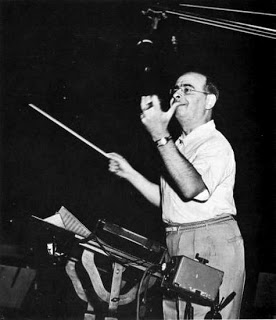'Primary Colors': A trumpet-keyboard duo recording that stretches into sonic experimentation

Sometimes cleaning out a basement yields more than junk or sentimental knickknacks. John Vanore , whose career as trumpeter also rests on the little big band he directed called Abstract Truth, dug out some cassette tapes he made with keyboardist Ron Thomas in the mid-1980s. John Vanore revived duo sessions Digitizing these sessions and making them public has yielded "Primary Colors" , three-quarters of an hour's worth of stimulating dialogues between Thomas and Vanore. The live studio recording is subject to some overlays and occasional expansion of the natural resonance of the acoustic instruments; recording and mixing credit goes to Terry Hoffman. At the forefront are Vanore's horns — the trumpet and its mellow-voiced cousin, the flugelhorn — with most of the keyboard variety enabled by synthesizer and studio legerdemain, like the cymbals that decorate the opening track, Thomas' "Final Dawn." The moody, restless accompaniment complements Vano...










